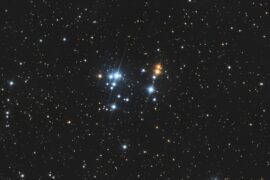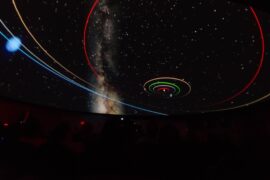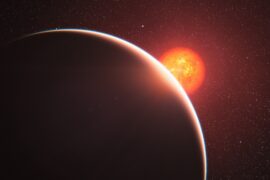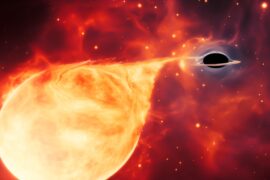In 1912, Austrian physicist Victor Hess ascended in a balloon and recorded increasing ionizing radiation with altitude, proving a source of radiation from space.
That finding launched a century of work to catalog the many kinds of energetic particles and photons hitting Earth and traversing the solar system.
This article explains eight types of cosmic radiation, how they differ from one another, and why each matters for astronomy, satellite electronics, spaceflight safety (astronauts face elevated exposure), and even climate tracers like cosmogenic isotopes.
Expect concise definitions, real examples (Voyager, AMS, Fermi, IceCube), and practical takeaways so you can see how cosmic rays and background radiation tie into both scientific discovery and everyday technologies.
High-energy charged particles
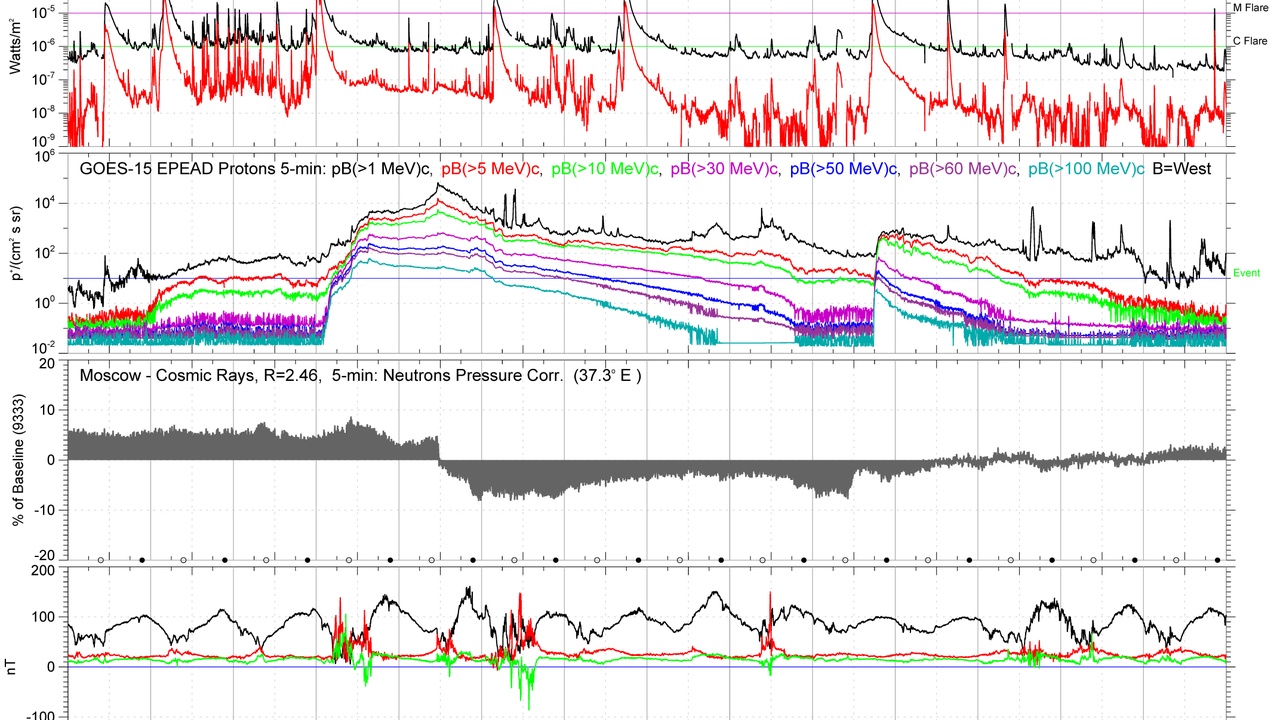
This category is dominated by charged particles: mostly protons, alpha particles, and heavier nuclei that travel at high speeds and deposit ionizing energy when they interact with matter.
Charged particles have strong penetrating power relative to their energy and pose the main radiation hazard for astronauts and spacecraft electronics, so engineers design shielding and mission planning around their flux and energy spectrum.
Typical energies span from a few MeV per nucleon up through many GeV (and in rare cases much higher), and instruments like the Alpha Magnetic Spectrometer on the ISS and the ACE spacecraft measure their composition and time variation.
1. Galactic cosmic rays (GCR)
Galactic cosmic rays are high-energy charged particles that originate outside the solar system, often linked to supernova shock acceleration in the Milky Way.
The composition is roughly ~85% protons, ~12% helium nuclei (alpha particles), with trace amounts of heavier nuclei and electrons. Their energies range from about 100 MeV per nucleon to above 10^20 eV in the most extreme cases.
GCRs set the background particle environment for interplanetary missions, influence spacecraft shielding requirements, and produce cosmogenic isotopes such as carbon-14 when they interact with Earth’s atmosphere.
Measurements by Voyager in the outer heliosphere and by AMS on the ISS provide concrete flux and composition data that mission planners and astrophysicists rely on.
2. Solar energetic particles (SEPs)
Solar energetic particles are bursts of charged particles, mainly protons and electrons, accelerated by solar flares and coronal mass ejections, producing rapid, large increases in local particle flux.
SEP events can boost particle flux by orders of magnitude within minutes to hours; large events commonly reach tens to hundreds of MeV, and exceptional storms can exceed that range.
SEPs drive operational space weather concerns: they force astronauts to seek shelter, can damage satellite electronics, and increase radiation exposure on high-latitude flights. The October–November 2003 “Halloween storms” and the March 1989 solar proton event are vivid examples.
Real-time monitoring by NOAA/GOES satellites and solar observatories is central to forecasting and mitigating SEP impacts on technology and human missions.
Electromagnetic cosmic radiation (photons)
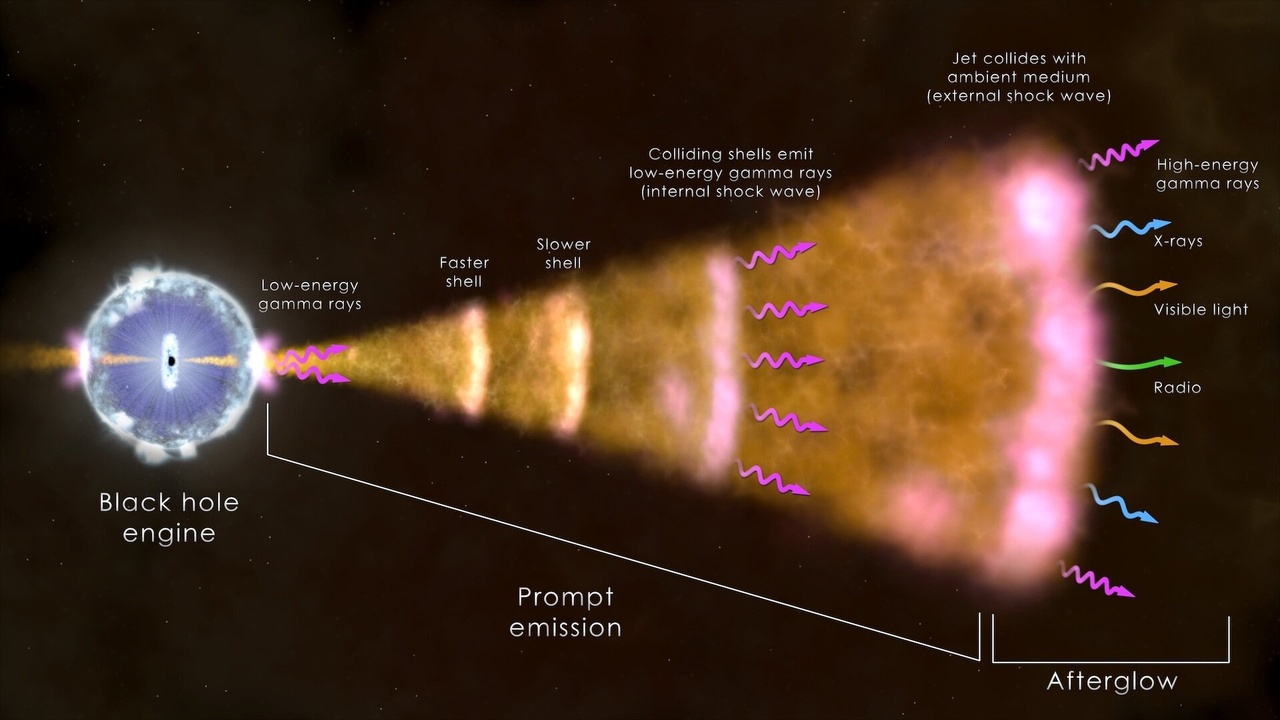
Electromagnetic cosmic radiation consists of photons spanning X-ray to gamma-ray energies and reveals high-energy physical processes that charged particles alone cannot map.
Because Earth’s atmosphere blocks much of this band, space telescopes and ground-based indirect detectors are required to observe photons from black holes, neutron stars, and explosive transients.
Photon radiation differs from charged-particle radiation in shielding and detection: dense shielding may stop X-rays and gamma rays, while specialized detectors like scintillators, silicon trackers, and Cherenkov arrays record photon interactions and arrival directions.
3. Gamma rays
Gamma rays are the highest-energy photons produced by processes such as radioactive decay, cosmic-ray interactions, pulsar magnetospheres, and the most violent transients like gamma-ray bursts (GRBs).
Typical gamma-ray energies for astrophysical sources run from roughly 100 keV up through >100 GeV, and in extreme cases into the TeV range detected by ground-based Cherenkov arrays.
The Fermi Gamma-ray Space Telescope (launched 2008) has cataloged thousands of gamma-ray sources and recorded bright GRBs, helping astronomers identify particle accelerators and study cosmic-ray interactions with interstellar gas.
4. X-rays from cosmic sources
Cosmic X-rays arise in hot gas, accretion disks, and shock-heated plasmas where temperatures reach millions of kelvin or where particles undergo rapid acceleration.
X-ray energies typically span about 0.1 to 100 keV, and space-based observatories like Chandra and XMM-Newton provide imaging and spectroscopy that reveal structure in supernova remnants, galaxy clusters, and around black holes.
Chandra’s sub-arcsecond imaging since 1999 and XMM-Newton’s spectroscopic capabilities have been instrumental in classifying X-ray binaries and mapping hot intracluster gas, data that feed models of galaxy evolution and compact-object physics.
Weakly interacting and background radiation
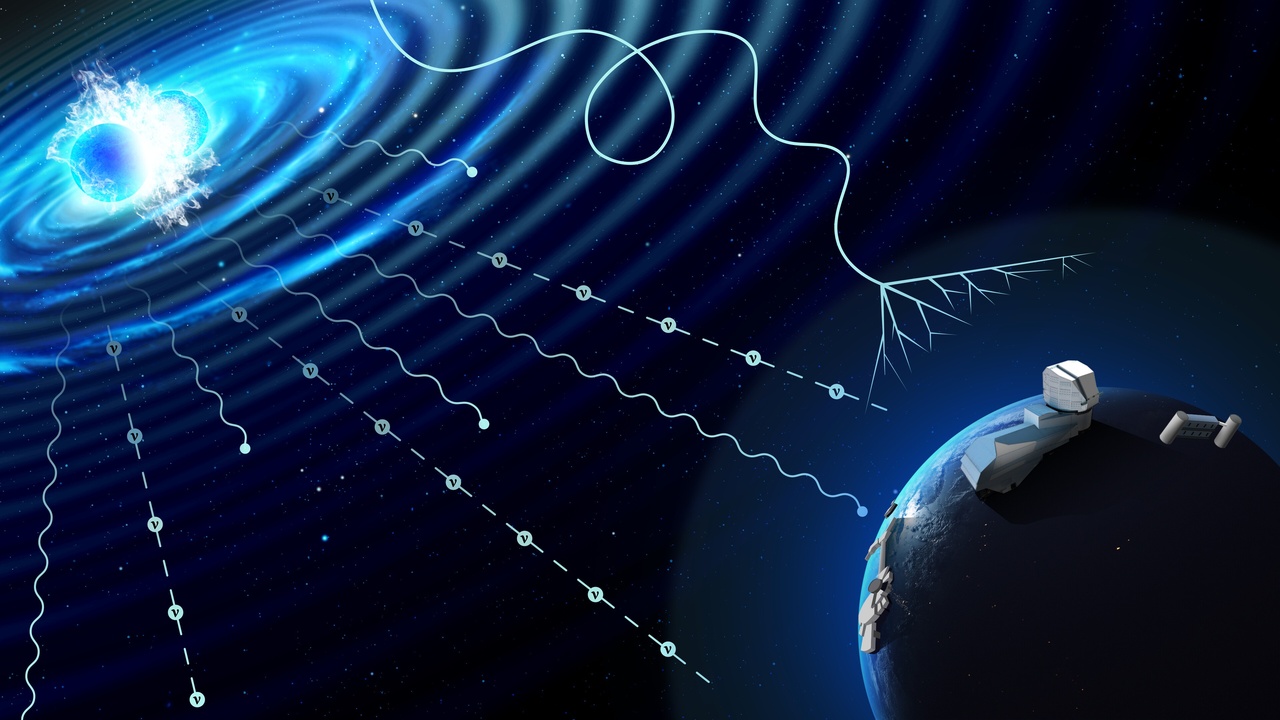
Some cosmic messengers interact so weakly with matter that they cross entire stars and galaxies unscathed, while others form a pervasive background imprinted by the early universe.
Detecting these signals requires very large or very sensitive instruments and has produced some of the most consequential discoveries in modern physics and cosmology.
Two flagship examples are high-energy neutrinos, traced by cubic-kilometer detectors, and the cosmic microwave background, mapped by precise space telescopes to reveal the infant universe.
5. Cosmic neutrinos
Cosmic neutrinos are nearly massless, neutral particles created in supernova cores, gamma-ray bursts, and during cosmic-ray interactions with gas and radiation fields.
The IceCube Neutrino Observatory reported a diffuse astrophysical neutrino flux in 2013, detecting events with typical energies in the TeV–PeV range and opening neutrino astronomy as a practical tool.
Neutrinos matter because they travel straight from their sources without being deflected or absorbed, offering direct information about dense or distant accelerators that photons and charged particles cannot provide.
Historical detections such as the neutrino burst from Supernova 1987A also show how neutrinos can signal and time astrophysical explosions before most electromagnetic light arrives.
6. Cosmic microwave background (CMB)
The cosmic microwave background is relic electromagnetic radiation left over from about 380,000 years after the Big Bang and now appears as a near-uniform blackbody at 2.725 K.
Discovered in 1965 and mapped increasingly precisely by missions such as COBE (late 1980s–early 1990s), WMAP (2001–2010), and Planck (2009–2013), the CMB’s temperature and tiny anisotropies constrain the universe’s age, composition, and initial fluctuations.
COBE’s detection of anisotropy in 1992 and Planck’s cosmological-parameter fits (2013–2018 releases) are among the pillars supporting modern cosmology and the ΛCDM model.
Secondary, anomalous, and terrestrial-linked cosmic radiation

Some radiation we observe derives from interactions between primary cosmic particles and the heliosphere or Earth’s atmosphere, producing secondary showers or populations with unusual origins.
These categories matter because they determine what ground-based detectors measure, set the radiation environment at aviation altitudes, and connect cosmic processes directly to terrestrial effects like isotope production.
7. Secondary cosmic rays (air showers, muons, neutrons)
Secondary cosmic rays are particles produced when primary cosmic rays strike Earth’s atmosphere and trigger cascades of pions, muons, neutrons, and electromagnetic components that reach the surface.
Muons are especially abundant at sea level, with a typical flux around ~1 muon/cm2/minute, and they penetrate meters of rock—properties exploited in muon tomography of volcanoes, pyramids, and industrial facilities.
Secondary neutrons are a concern for electronics and contribute to cosmogenic isotope production used in dating and climate studies; networks of neutron monitors and ground arrays track these variations tied to solar modulation.
8. Anomalous cosmic rays (ACRs)
Anomalous cosmic rays are a distinct, lower-energy ion population thought to form when interstellar neutral atoms enter the heliosphere, become ionized, and are accelerated at the solar wind termination shock.
Voyager 1 and 2 measurements near the heliopause provided crucial evidence clarifying ACR spectra and composition, with typical energies on the order of tens of MeV per nucleon.
Because ACRs are generated at the heliospheric boundary, they serve as probes of how the Sun interacts with the local interstellar medium and of particle acceleration in that unique environment.
Summary
- Different radiation types—from charged particles (GCRs, SEPs) to photons, neutrinos, and the CMB—require different detectors and protections.
- Charged particles drive the most immediate hazards for spacecraft and high-altitude aviation; monitoring by AMS, NOAA/GOES, and mission planners is essential.
- Weakly interacting messengers like neutrinos and background signals like the CMB unlock information about dense sources and the early universe, respectively (IceCube, Planck).
- Secondary particles link cosmic processes to Earthly effects: muon flux (~1 muon/cm2/minute at sea level) enables imaging applications and contributes to cosmogenic isotopes.
- Learn more about types of cosmic radiation and real-time alerts from NASA and NOAA space-weather pages, and follow flagship observatories such as IceCube, Fermi, and AMS for cutting‑edge results.
Enjoyed this article?
Get daily 10-minute PDFs about astronomy to read before bed!
Sign up for our upcoming micro-learning service where you will learn something new about space and beyond every day while winding down.


